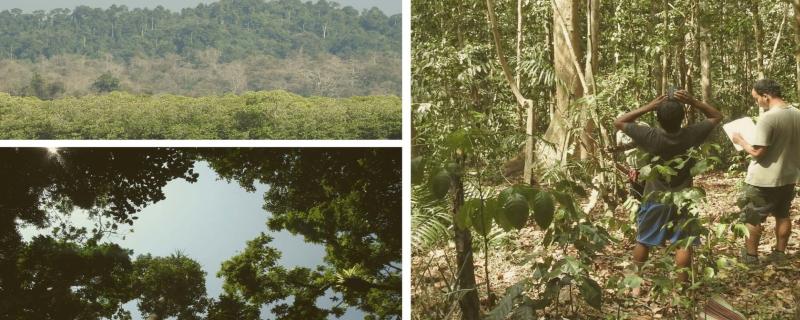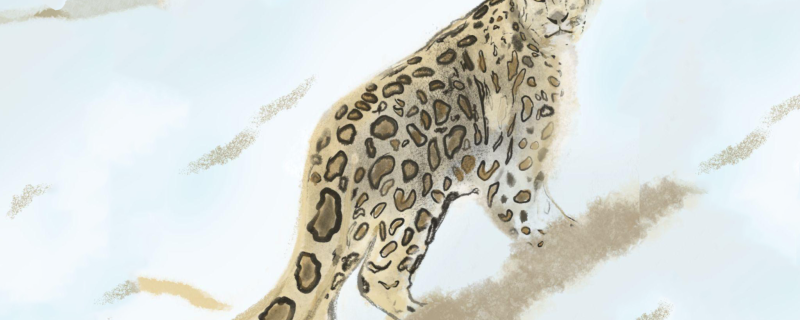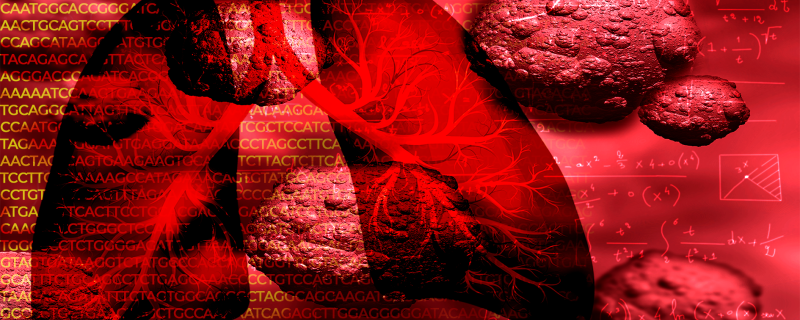Researchers have shown how even a few times of selective tree-cutting impacts biodiversity and carbon storage of the Andaman forests
Ecological droughts are on the rise in India's pristine forests and croplands, driven primarily by meteorological aridity and ocean warming, posing a major threat to the country's sustainability and food security.
Kharagpur/







![The Indigofera tinctoria plant. [Image Credits: Wikimedia Commons / CC BY-SA 3.0] A natural dye extract may protect our eyes from harmful laser](/sites/researchmatters/files/styles/large_front_800x320/public/indigofera_tinctoria_jd_plt_paris1.jpg?itok=xasYlSLP)
![A Feynman diagram in quantum electrodynamics, a quantum field theory. [Image Credits: Wikimedia Commons / CC BY-SA 4.0] Bridged: Gaps between mathematical methods of understanding nature](/sites/researchmatters/files/styles/large_front_800x320/public/feynman_diagrams-debdutta1.jpg?itok=w-EKeDog)

